
Ep. 573: Exoplanet Atmospheres
Not only have astronomers discovered thousands of exoplanets, but they’re even starting to study the atmospheres of worlds thousands of light-years away. What can we learn about these other worlds, and maybe even signs of life.
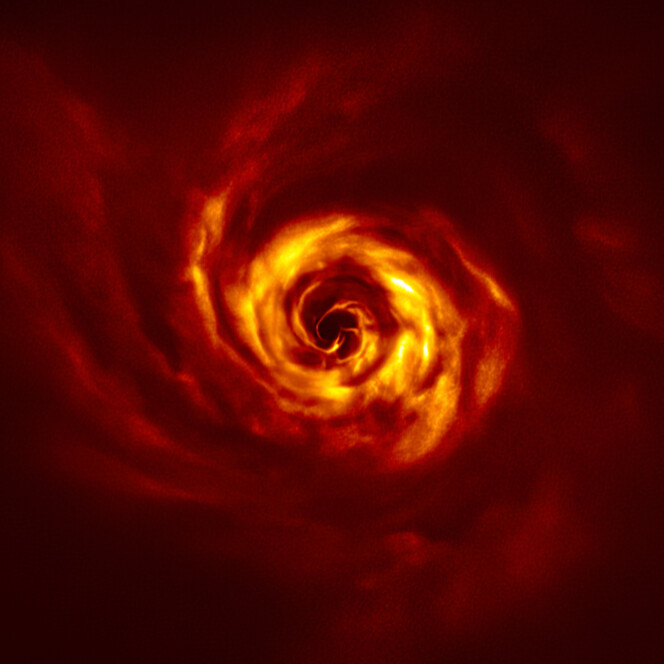
Ep. 572: Twists in Planet Formation
We’re all looking forward to the next generation of exoplanetary research, where we get to see pictures of planets directly. But astronomers are already making great strides in directly observing newly forming planets, helping us understand how our Solar System might have formed.
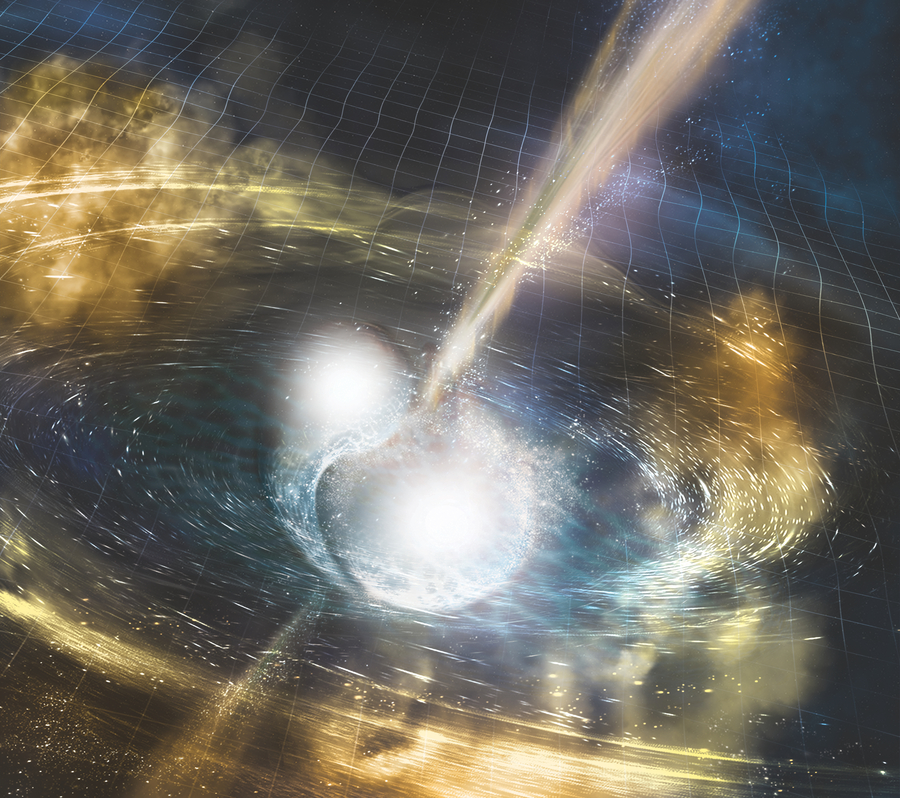
Ep. 571: Extreme Binaries
We’re familiar with regular binary stars. Two stars orbiting each other. Simple. Of course, the Universe has come up with every combination of things orbiting other things. And this week we look at the extreme version of this.
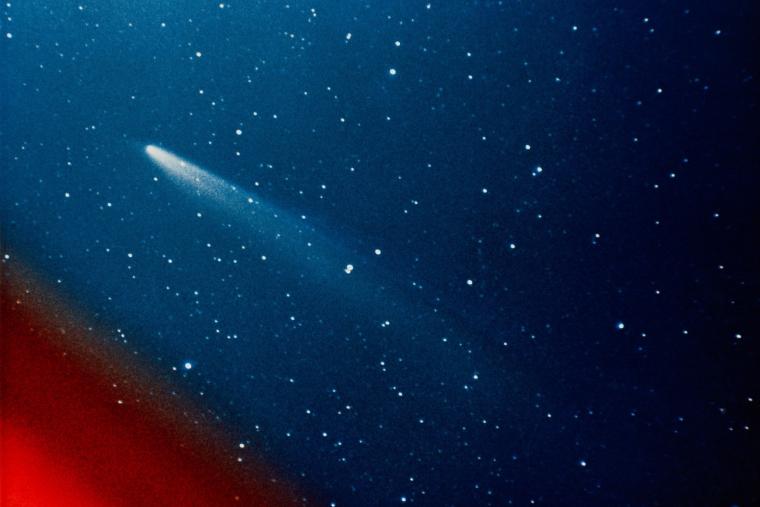
Ep. 570: Discovering Comets
Discovering comets is one of the fields that amateurs can still make a regular contribution to astronomy. But more and more telescopes are getting found by spacecraft, automated systems and machine learning. This week, we’ll talk about how comets are discovered and how you can get your name on one.

Ep. 569: Ethics of Commercial and Military Space, Part 1: Private Space Flight
Every year, more and more people are making their way to space. Some private citizens have already gotten their astronaut wings, paying for a trip to space out of their own pocket. What are the ethical implications of this as the costs of spaceflight come down?
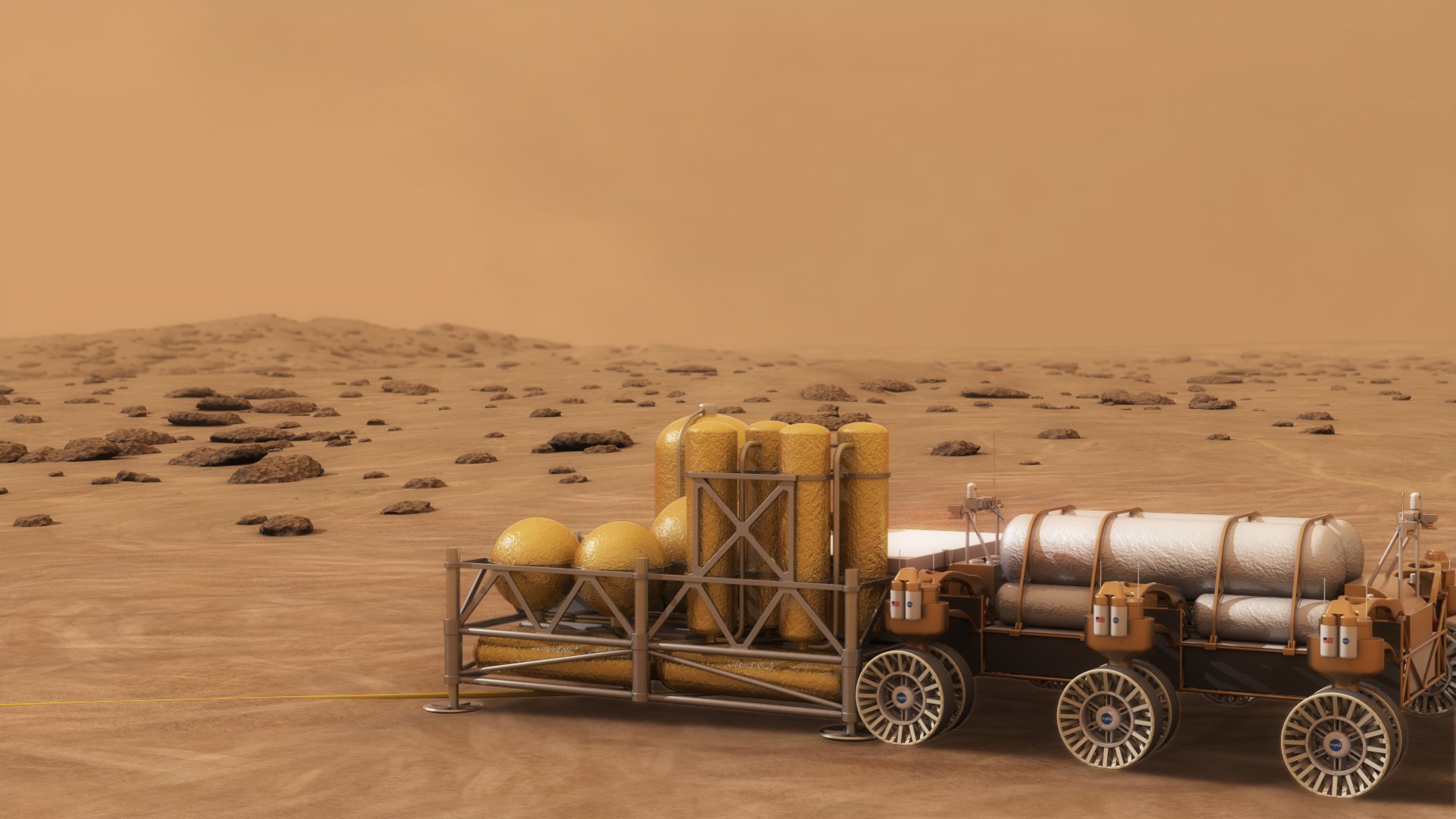
Ep. 568: In Situ Resource Utilization
The key to surviving in space will be learning how to live off the land. Instead of carrying all your fuel, water, and other resources from Earth, extract them locally at your destination. It’s called In Situ Resource Utilization and if we can figure this out it’ll change everything.
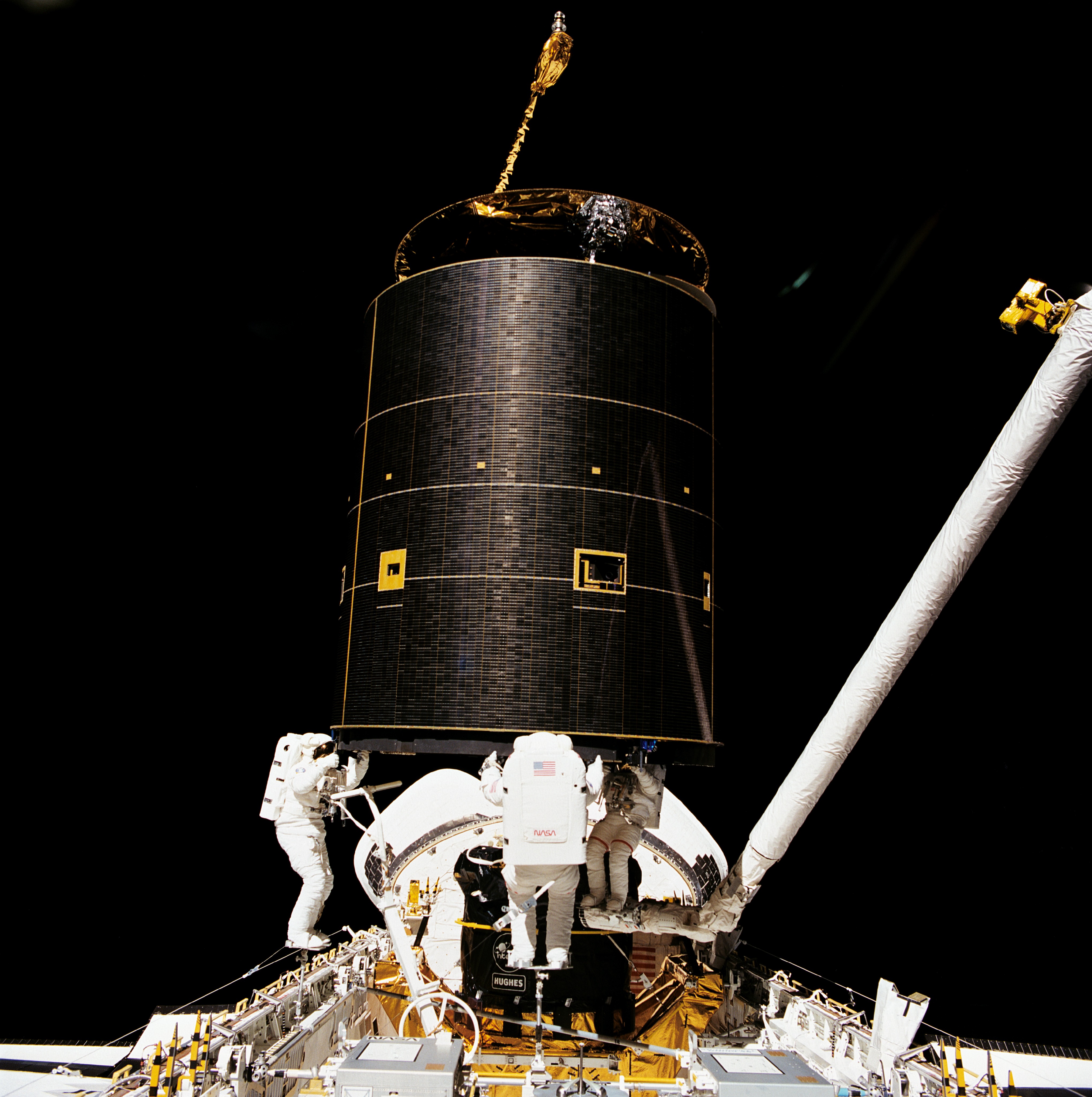
Ep. 567: When Satellites Need a House Call
Space is really far away, so when you send a satellite out into the void, that’s pretty much the last you’re going to be able to work on it. And if anything goes wrong, too bad, you’re out a satellite. But a new test has shown that it’s possible to actually visit and fix a satellite in space. Maybe we don’t have to throw them all away after all.
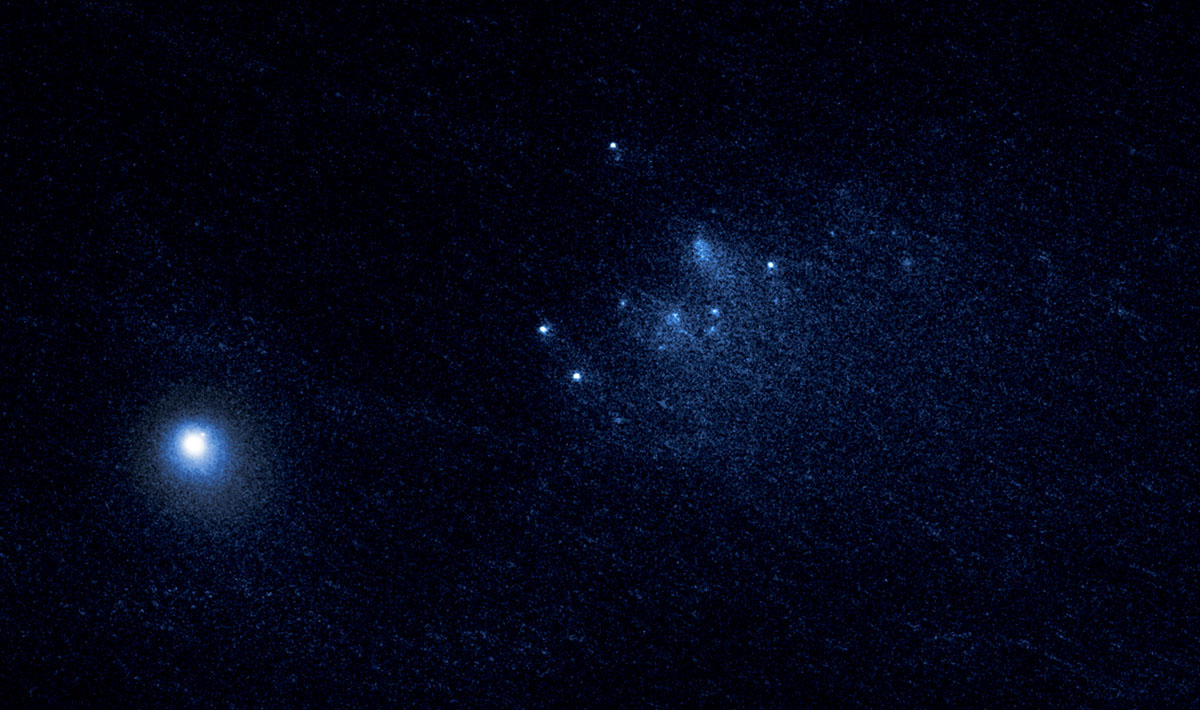
Ep. 566: When Comets Fall Apart
As everyone knows, the Universe owes us a bright comet. There have been a lot of promising candidates, but in the end, they always fail to live up to our expectations. Comets keep on breaking up with us.
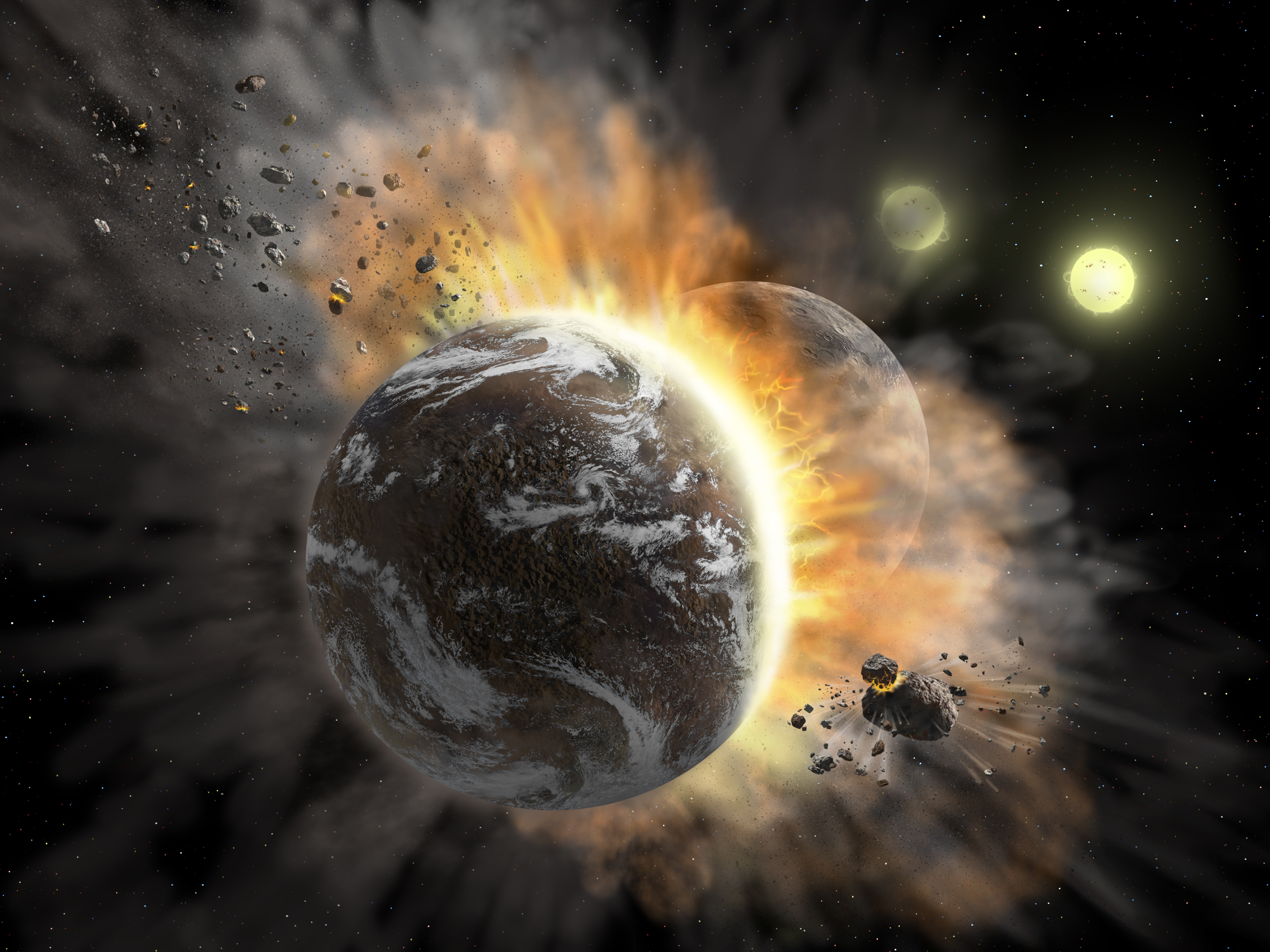
Ep. 565: When Worlds Collide
So much of our Solar System has been shaped by enormous collisions early on in our history. Seriously, the nature of every planet in the Solar System has some evidence of massive impacts during some point in its history.
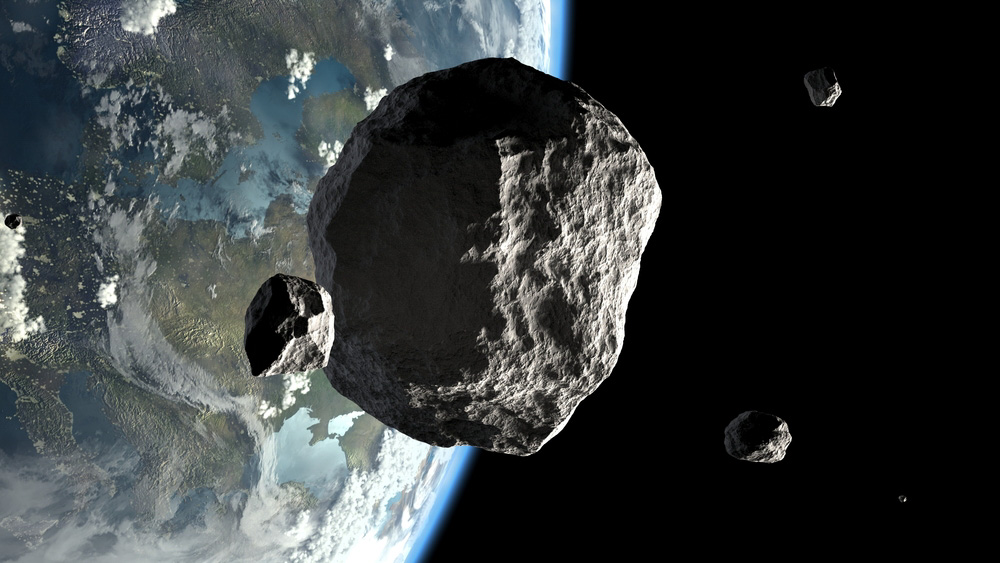
Ep. 564: Mini Moons
Last month astronomers announced that they had detected a tiny asteroid that had been captured by the Earth’s gravity well and had been sharing our orbit for a few years. Today, let’s talk about the smallest moons in the Solar System.
